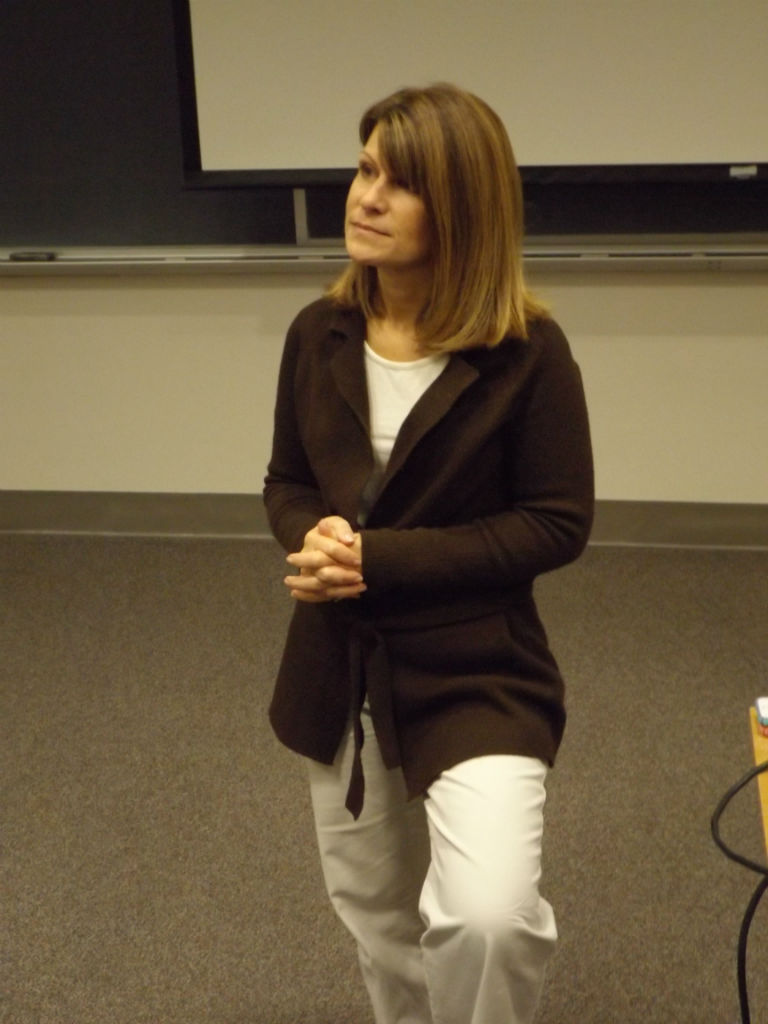Expert discusses suicide prevention

Nichole Danyla
Staff Writer
“What do you think depression might look like? If you saw someone who was depressed, what do you think you might see? Sometimes they might not look like anything, right?” Laura Marx, the Area Director for the Capital Region chapter of the American Foundation for Suicide Prevention said Thursday afternoon to an almost empty lecture hall in Brahan. “Sometimes you try really hard to hide how you’re feeling.”
Turnout was low at both the seminar and a suicide prevention and awareness table that Project Aware had set out in the campus center earlier in the day. The table was set up and staffed by Joshua Moore and Christine Corral, both human services majors. It began an hour late. It was only attended by three students.
Seven students attended the seminar, three of them from Project Aware.
“90 percent of people who die by suicide have a diagnosable, treatable mental illness at the time of their death, usually depression, but oftentimes [it] goes undiagnosed and untreated effectively,” Marx said.
“Each year in the United States there is about 39,000 people who take their own life,” Marx said. To demonstrate the sheer size of that number, one of her colleagues likes to use the example that it is “the equivalent to a major airliner crashing every other day and all of the people on board dying.”
“It’s a pretty significant number, and it’s preventable.” That is the reason Project Aware hosted the event on Thursday, as well as the Race Away Stigma in October. Suicide is the second leading cause of death on college campuses and the third leading cause of death in people ages 15 to 24.
“The purpose of this is to really start the conversation. There’s still a lot of stigma that goes around mental illness. I think people, because of that, are embarrassed or ashamed to get help,” Marx said. “The best way to prevent [suicide] is open communication, reducing the stigma so that people feel OK to go get help.”
Most of Marx’s seminar was a 25-minute video that talked about college students and their experiences with suicide. The video jumped around from person to person and back, making it hard to follow, and the statistics that were shown were hardly on the screen long enough to read.
Discussing the low turnout, Joe Farrell, a human services major and Project Aware member, said, “We go for having an impact because yeah, you can get 100 people, but if it doesn’t affect anybody, then it is just a waste of our time for the people doing it and for people like Laura Marx that came in.”
Farrell added, “Even if we only had seven people come, they came and they talked and they’re more interested, they’re more involved in it … If you can make your message directly affect three or four people that makes every single thing worth it.”
